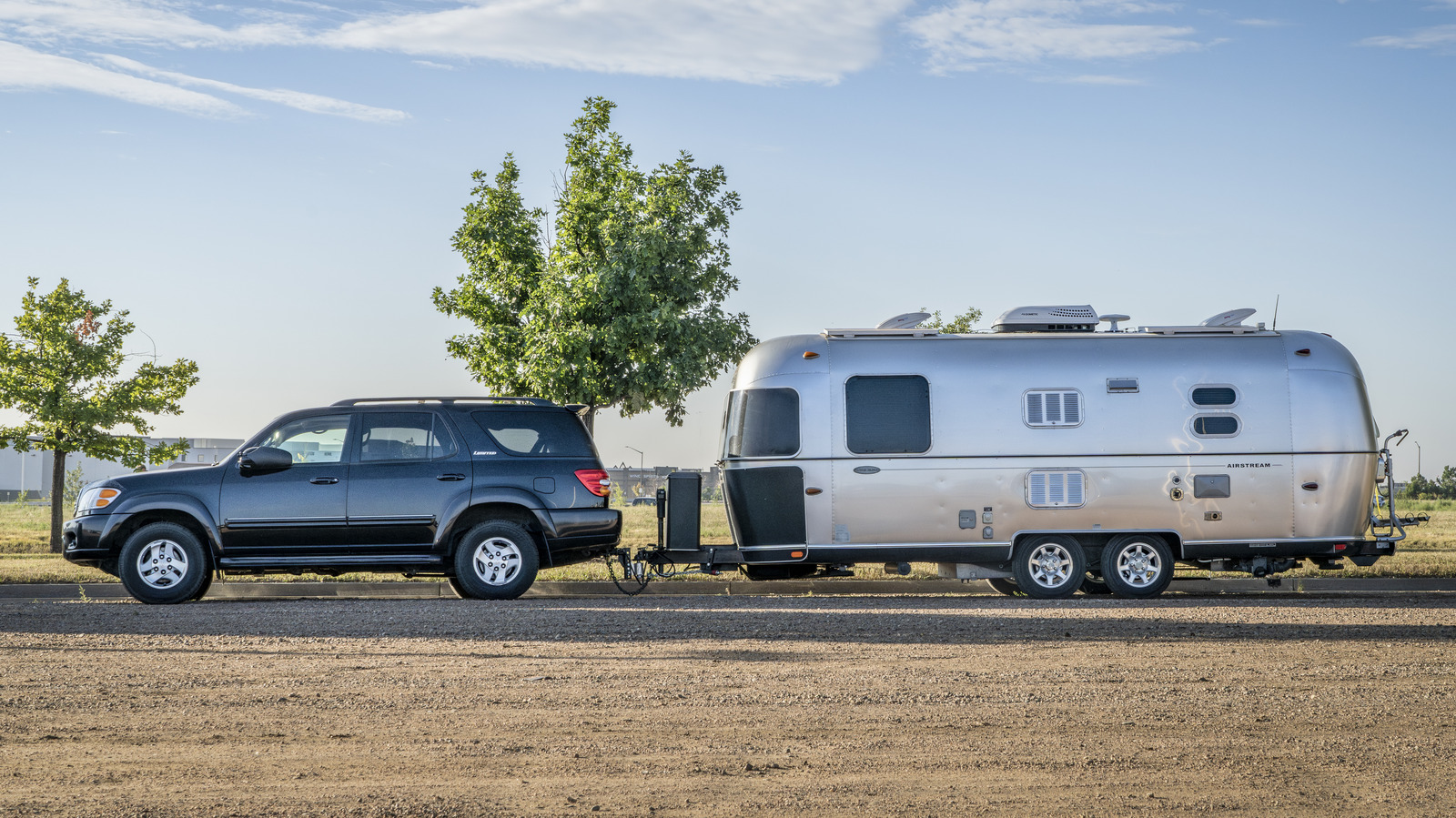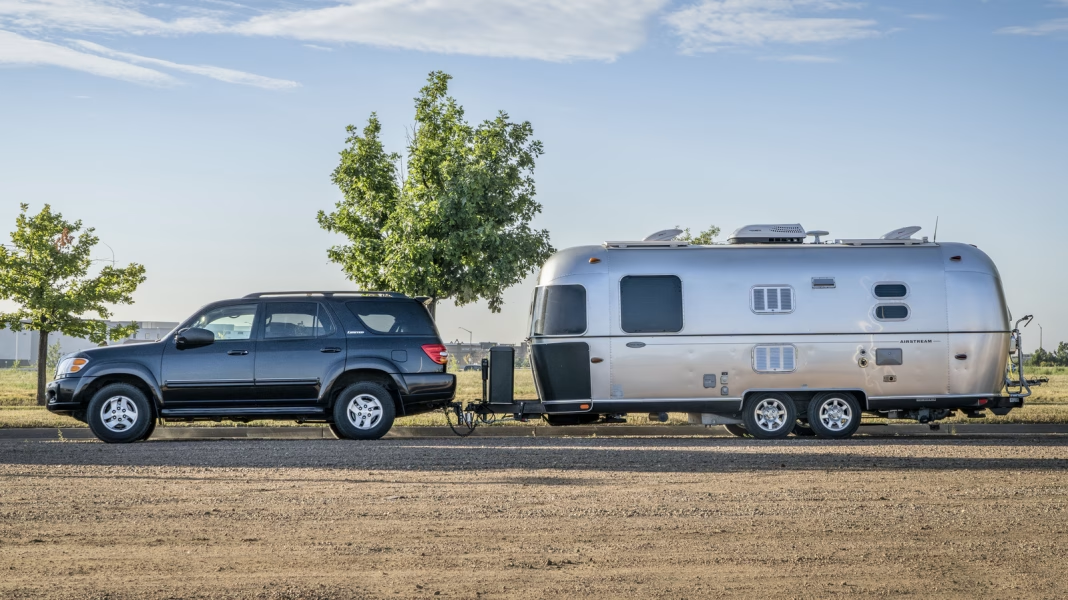When you’re hitting the road with a trailer in tow, it’s not just about loading up and heading out. There’s a whole lot more to consider, especially when it comes to your vehicle’s transmission. Towing puts extra strain on your engine and transmission, and if you’re not careful, you could be setting yourself up for some serious trouble down the line. Let’s dive into how you can protect your transmission while enjoying your adventures on the road.
What Happens to Your Transmission When Towing?
First off, let’s talk about why towing is tough on your transmission. When you attach a trailer, your vehicle has to work harder to move the additional weight. This increased load can lead to overheating, which is one of the leading causes of transmission failure. If you’ve ever heard that dreaded grinding noise or felt your vehicle struggle to shift gears, you know how important it is to keep your transmission in good shape.
So, what can you do to help? Here are some practical tips to keep your transmission running smoothly while you tow.
Check Your Transmission Fluid Regularly
Transmission fluid is like the lifeblood of your vehicle’s transmission. It lubricates the moving parts and helps keep everything cool. Before you hit the road, check your fluid levels. If it’s low or looks dirty, it’s time for a change. Fresh fluid not only helps with cooling but also improves shifting performance. Make it a habit to check your fluid regularly, especially before long trips.
Consider a Transmission Cooler
If you’re planning on doing a lot of towing, investing in a transmission cooler can be a game changer. This device helps regulate the temperature of your transmission fluid, preventing it from overheating. It’s especially useful if you’re towing heavy loads or driving in hilly areas. Many vehicles can be retrofitted with an aftermarket cooler, so it’s worth discussing with a mechanic if you’re serious about towing.
Use the Right Gear
When towing, using the right gear is crucial. Many vehicles come equipped with a tow/haul mode that adjusts the transmission’s shifting patterns to better handle the extra weight. This feature can help prevent overheating and improve your vehicle’s performance. If your vehicle has this option, make sure to engage it before you start towing.
Watch Your Speed and Driving Style
It might be tempting to speed down the highway, but when you’re towing, it’s best to take it easy. Driving at a steady speed and avoiding sudden accelerations can significantly reduce the strain on your transmission. Plus, maintaining a safe speed helps you stay in control, especially when navigating turns or inclines. Remember, it’s not just about getting there; it’s about getting there safely.
Don’t Overload Your Trailer
It’s easy to underestimate how much weight you’re putting on your vehicle. Always check your vehicle’s towing capacity and make sure you’re not exceeding it. Overloading your trailer can lead to not only transmission issues but also suspension problems and decreased braking performance. Take the time to weigh your load and ensure you’re within safe limits.
Keep an Eye on Temperature Gauges
Most modern vehicles come equipped with temperature gauges that can alert you if your transmission is getting too hot. If you notice the temperature rising, it’s a good idea to pull over and let everything cool down. Ignoring these warnings can lead to catastrophic failure, so don’t take any chances.
Plan for Breaks During Long Trips
If you’re on a long journey, plan for regular breaks. Stopping every couple of hours allows your transmission to cool down and gives you a chance to check fluid levels and overall vehicle condition. It’s a small investment of time that can save you from costly repairs later on.
The big takeaway? Protecting your transmission while towing isn’t about perfection—it’s about smarter adjustments. Start with one change this week, whether it’s checking your fluid or planning your next trip with breaks in mind, and you’ll likely spot the difference by month’s end. Happy towing!


